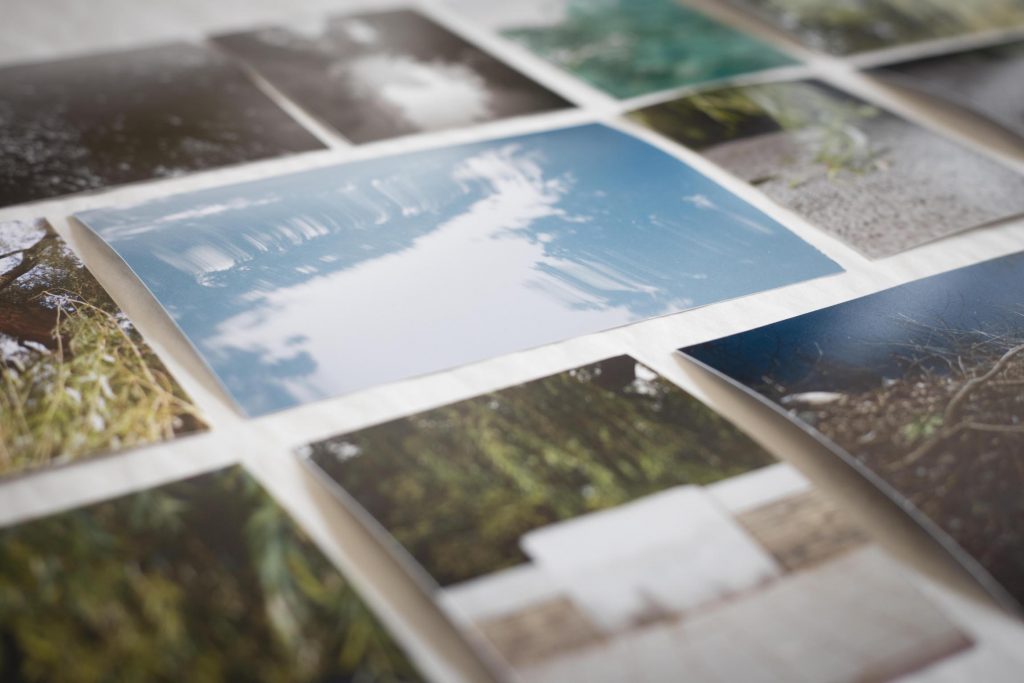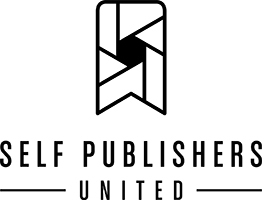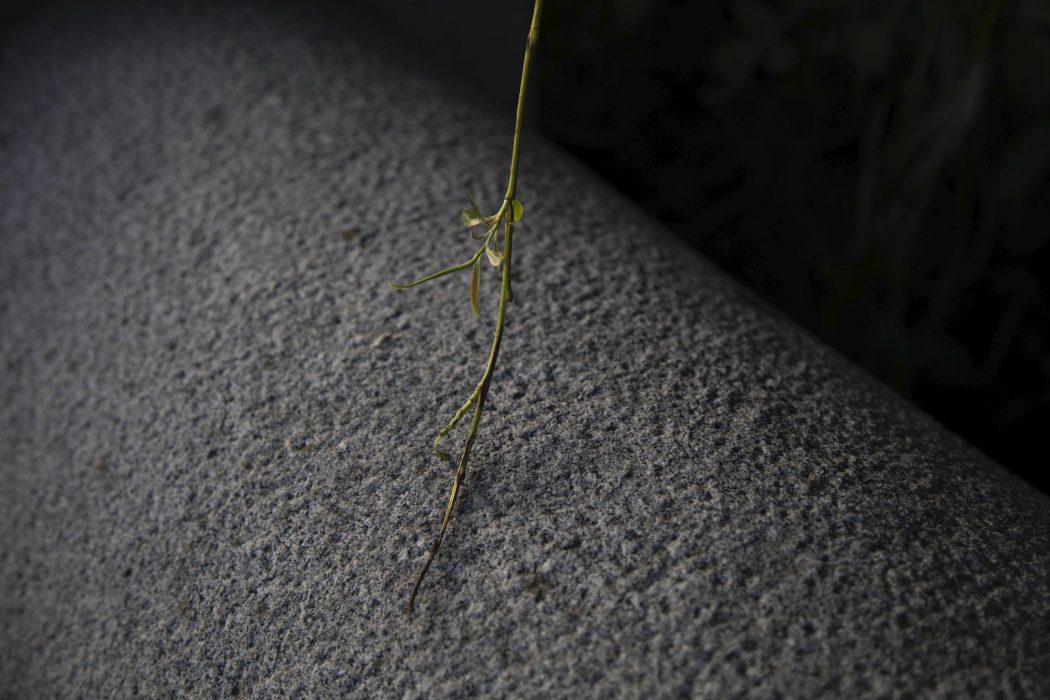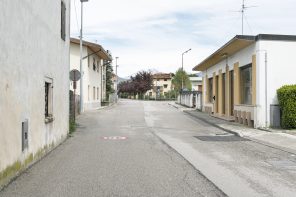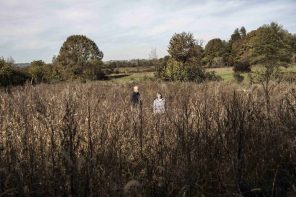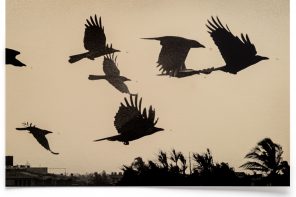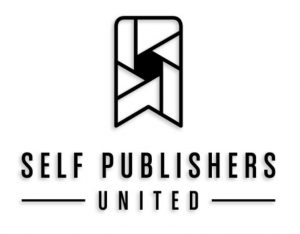Eens was ik mijn moeder
Er was een steiger
en er was de rivier…
En boven zich horen ze de wilgen treuren
Eens word ik mijn zoon
Er zal een brug zijn
en er zal een kanaal zijn…
En boven zich zullen ze de wilgen horen treuren
What did you enjoy the most about making this book?
This book is my graduation project from the FOAC Amsterdam and my first book. This is way, the making of it represented to me a learning process. I enjoyed a lot the full process, but I especially enjoyed making the small dummies that give place to the final version of the book. It was important to me to learn how to give the freedom to my original idea to evolve along the process.
During the making of the dummies, I tested not only different ways to tell my story but also different papers, different textures and different book sizes, all details that are important in the final product. I looked for a book format that is intimate, tactile, that connects with the viewer not only through the eyes but also through their hands.
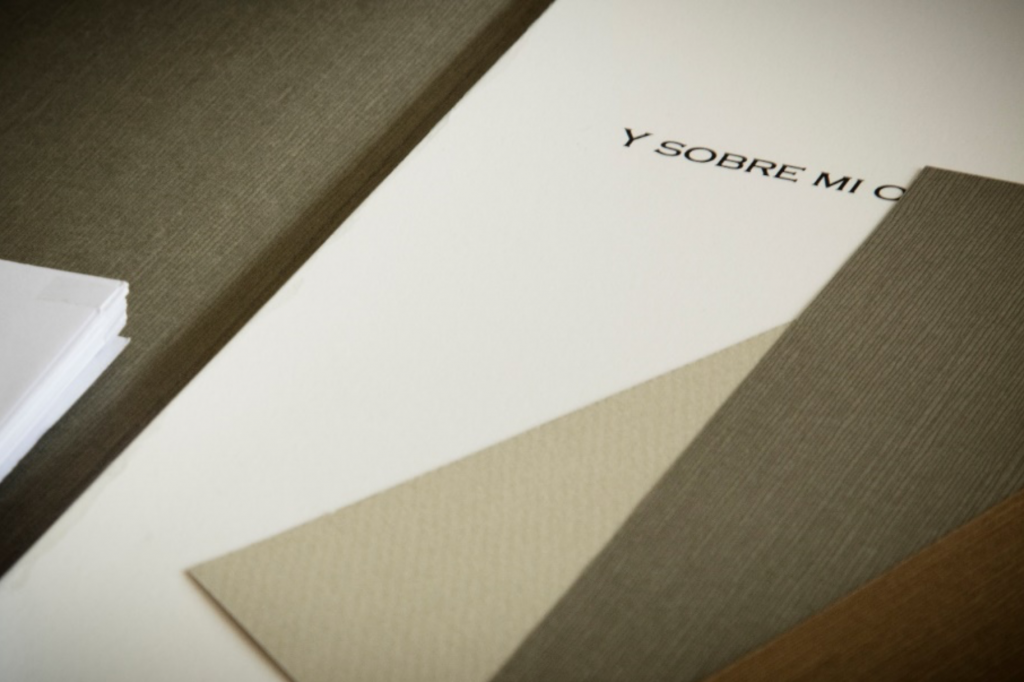
Can you find 3 words that describe what your book is about?
Belonging, nostalgy and legacy.
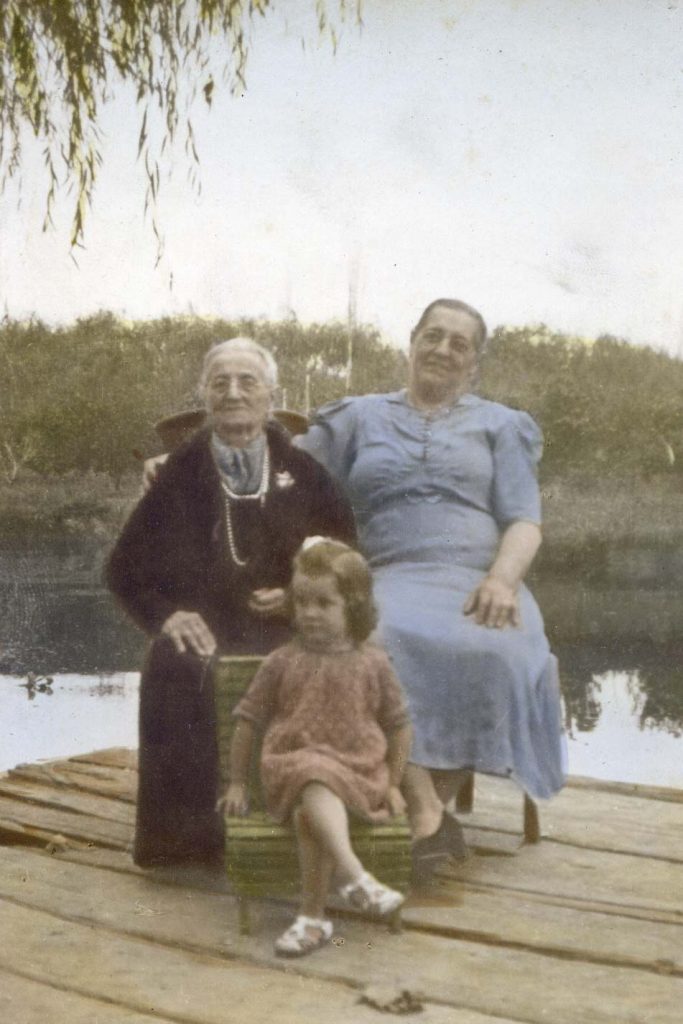
What was the motivation behind this project?
When I started my last year at the Fotoacademie I was feeling a deep homesickness living so far away from Argentina, the land where I grew up. I felt a strong necessity to find small things around that connect me to my origins, to my land, to who I am. The weeping willow is a common tree in the Tigre area where my mother grew up back in Argentina. This area is a magical place that I keep in my memories from my early childhood. In my book, I combined a few images from Argentina with the images I made from a weeping willow close to my house here in The Hague, the willow that brings me back, the willow that gives me roots.
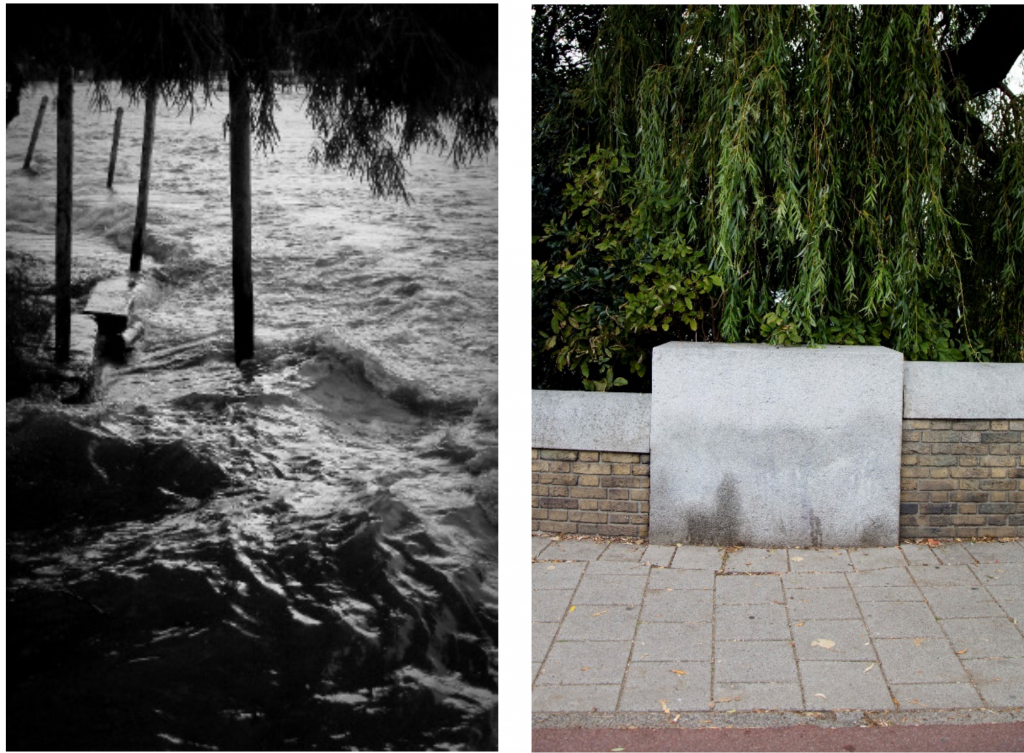
How do you see this book in the bigger frame of your work?
My work is always marked by my emotions, by memories. My personal processes have a big influence on my work. I am strongly triggered by special daylight moments, by smells, by textures.
When I look through the camera I slow down, I stop the time. I look and listen and smell. I want to connect with the viewers through these experiences, expecting they also recognize themselves and their stories in my pictures.
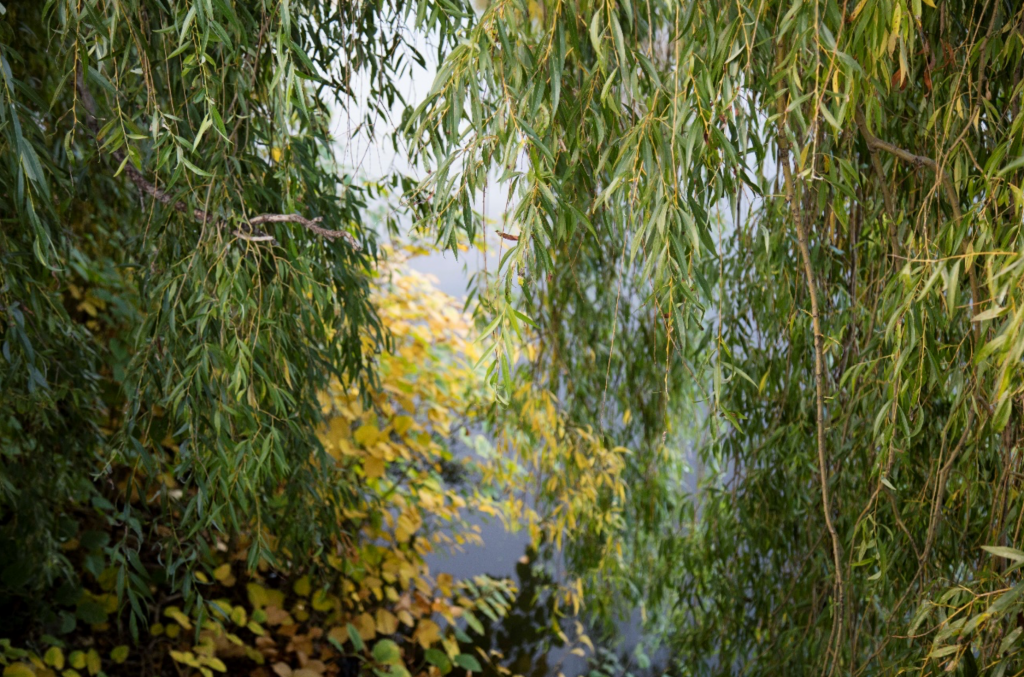
This book is a personal project that refers to my longing for home, to my need of finding a way to give to my son the connection to this remote place that I call home. The study of the willow I made for my book explores the ways in which we hold on to our memories, in a desperate attempt to don’t lose our identity.
The willow is a symbol that represents that place we call home. That feeling of belonging. That image that brings back my memories, my loved ones, my childhood. My stories are small stories, personal stories, moments. They are my personal stories, but they could also be yours.
Can you say something about the editing of your book? Did you work alone? Did you work with an image editor and designer?
The editing of this book was a very difficult process for me. Due to the personal character of my work, sometimes I get attached to specific pictures due to sentimental reasons and it is difficult to let them loose when selecting the final photos that will be in the book.
This is why I decided to work with image editor Ellen Sanders, and designer Suze Swarte. It was great to work with them. I learned a lot during the editing, not only about pictures selection but also about shape, colours, rhythm, flow. Working with persons that have a different background it is very enriching because gives us a different perspective of our work. They look with different eyes and that makes the final product complete. I recommend trying this experience of working with a team to everyone that wants to make photobooks.
